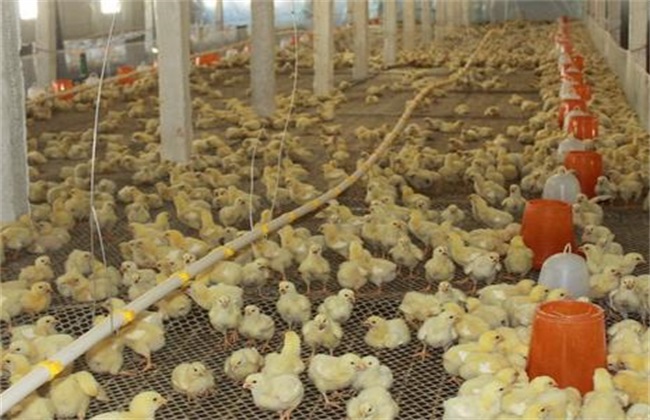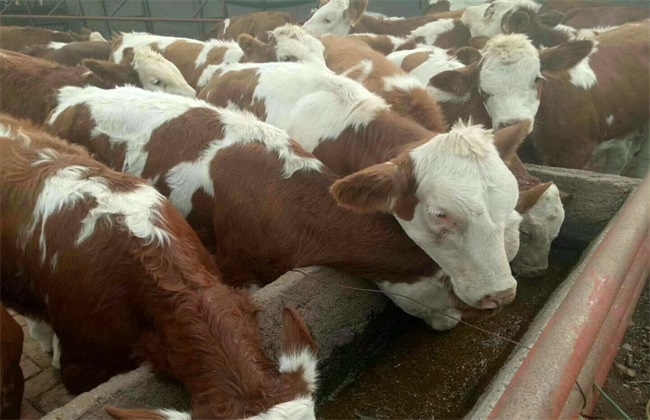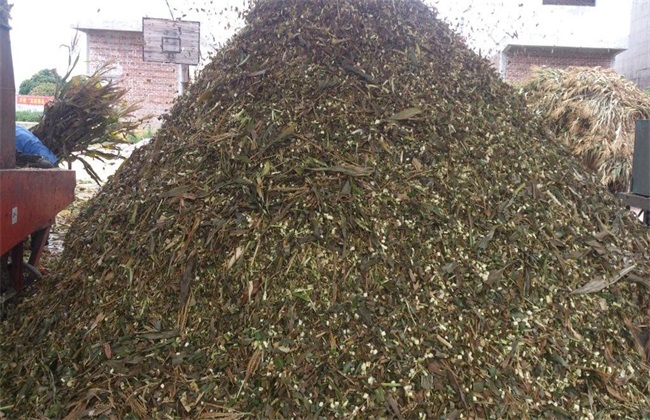Feeding and management techniques of raising chicks
Raising chicks means that the physique of chicks is very weak during this period of time within one and a half months after breaking their shells. The growth ability is relatively poor, so during the breeding period, we must do a good job in management. Improve the survival rate of chicks, promote normal growth, ensure normal body weight and improve uniformity. So how to manage the chicks? The following editor brings you the feeding and management technology of raising chicks, let's have a look!

1. Drink and eat
After the chicks are transported to their destination, they should be allowed to drink water properly, and if the transportation distance is long, then let the chicks have a proper rest and then let them drink water. When drinking water for the first time, it is best to drink brown sugar water or glucose water. Cooperate with Qitianle injection to drink water for about 4 days to promote the yolk absorption of chicks. Then, after drinking water, you have to start a diet, usually three hours after the first drink. When feeding, we should pay attention to keep the feed different from the feeding environment, help chicks distinguish between food and be able to eat normally.
2. Disinfect the nursery
After the chicks are transferred to the group, the breeding house should be disinfected, and the breeding equipment in the house should be thoroughly cleaned and disinfected. After disinfection, the empty house will be disinfected for about half a month. Conditionally use a high-pressure water gun to wash from top to bottom, from the inside to the outside, and then use a flame machine to burn walls, floors, etc., in the same order. If fumigation is used, make sure the chicken coop is sealed, add an appropriate amount of potassium permanganate to the formalin, then use it in the house, and then open the doors and windows to vent the smell after about a day. Finally, before entering the baby, we should do a good job in temperature testing, adjust the temperature to about 35 degrees, and observe whether the temperature is stable and whether it can meet the requirements of brooding.
3. Lighting and ventilation
Light is very important for the growth of chicks, which can not only promote the sexual maturity of laying hens, but also have a germicidal effect on henhouses. So keep about 23 hours of light a day for the first three days of brooding, and then for about 18 hours a day from the fourth day to the second week. Then reduce it by about two hours a week until the natural light. We also need to make sure that the chicken coop has good permeability and makes the airflow speed consistent. Avoid thieves, piercing, etc., and pay more attention to high-density breeding.
4. Broken beak grouping
When the chicks grow for a week or so, we have to cut off the beak of the chicks. The upper beak retains generally, and the lower beak retains 2P3. Burn the wound after the beak is broken to promote the scab of the capillaries and avoid wound infection. When scalding, we should also pay attention to prevent injury to the body of chicks, resulting in stress reaction. Then we have to weigh the chicks regularly to check the average weight, if the average weight does not meet the standard, then it is necessary to raise them separately and properly supplement vitamin C and other substances to promote growth.
The above is a brief introduction to the feeding and management technology of raising chicks. The management of raising chicks has a direct impact on yield and quality, so we must pay more attention to it. That's all for today's introduction. This article is for reference only. I hope it can help you all.
Related
- On the eggshell is a badge full of pride. British Poultry Egg Market and Consumer observation
- British study: 72% of Britons are willing to buy native eggs raised by insects
- Guidelines for friendly egg production revised the increase of space in chicken sheds can not be forced to change feathers and lay eggs.
- Risk of delay in customs clearance Australia suspends lobster exports to China
- Pig semen-the Vector of virus Transmission (4)
- Pig semen-the Vector of virus Transmission (3)
- Five common causes of difficult control of classical swine fever in clinic and their countermeasures
- Foot-and-mouth disease is the most effective way to prevent it!
- PED is the number one killer of piglets and has to be guarded against in autumn and winter.
- What is "yellow fat pig"? Have you ever heard the pig collector talk about "yellow fat pig"?



